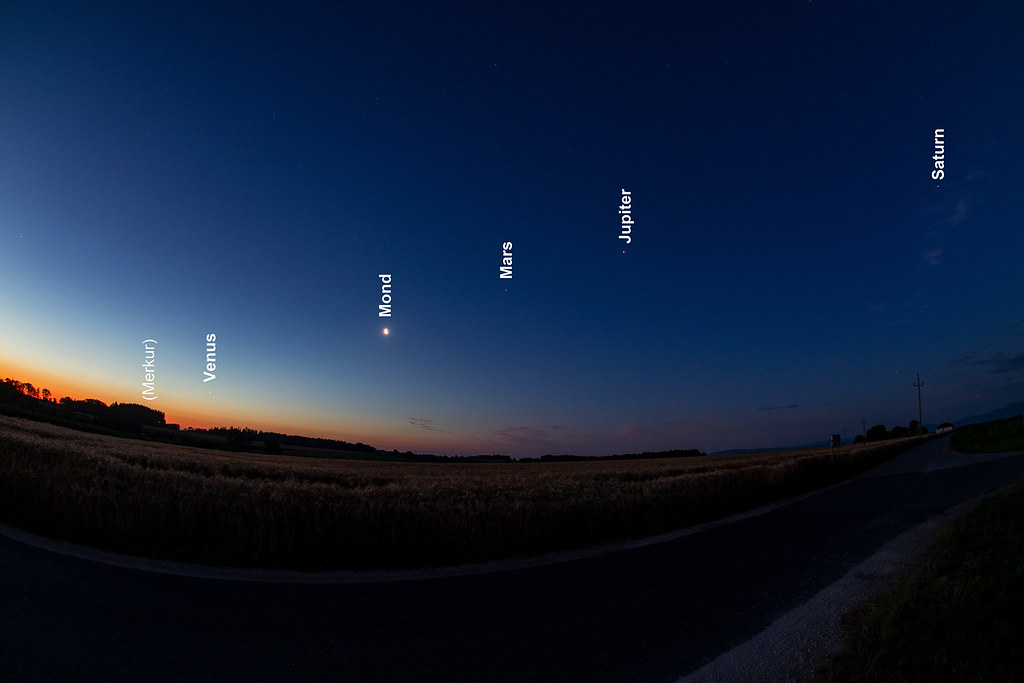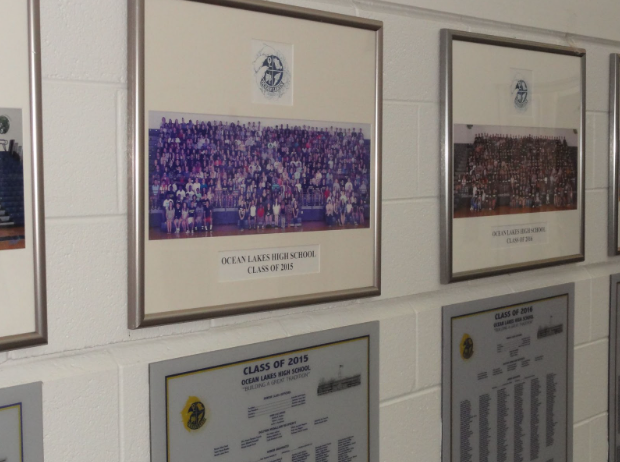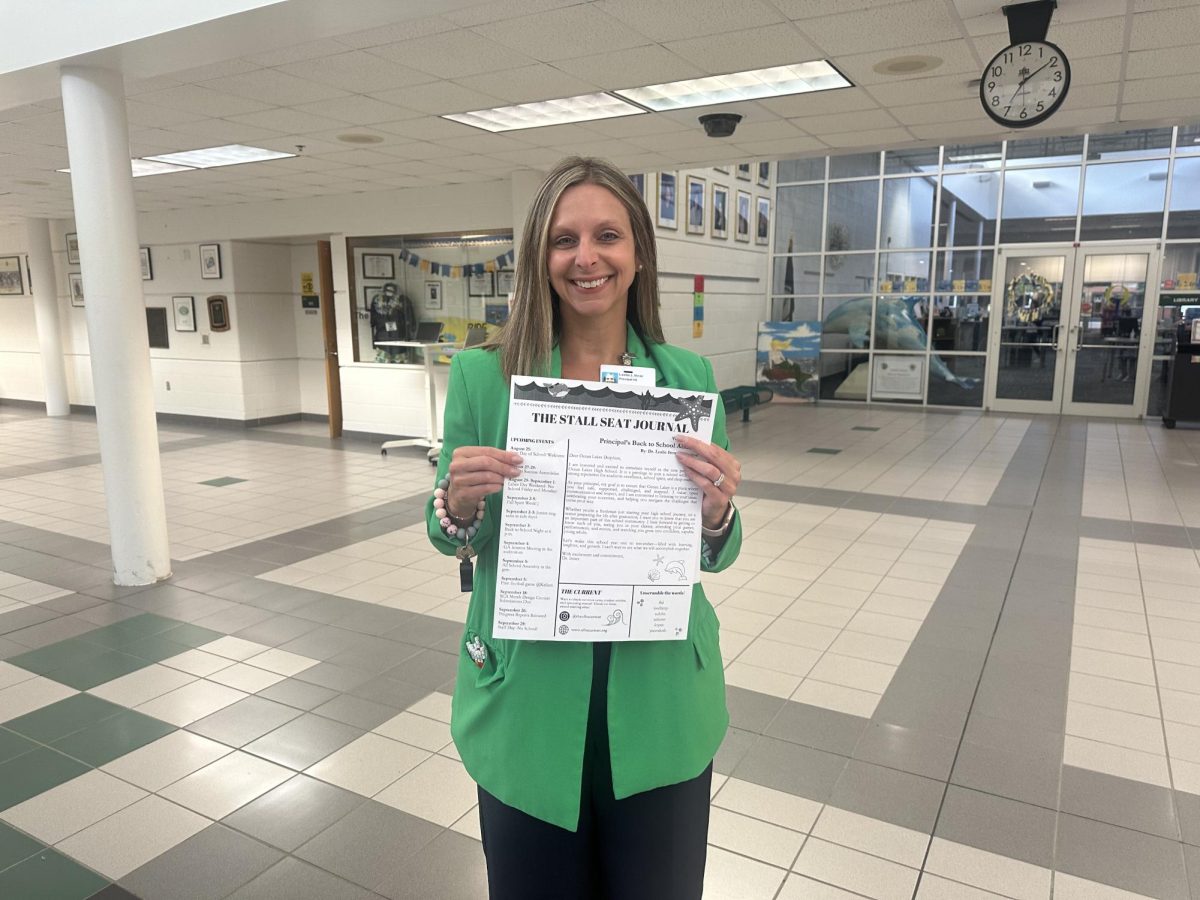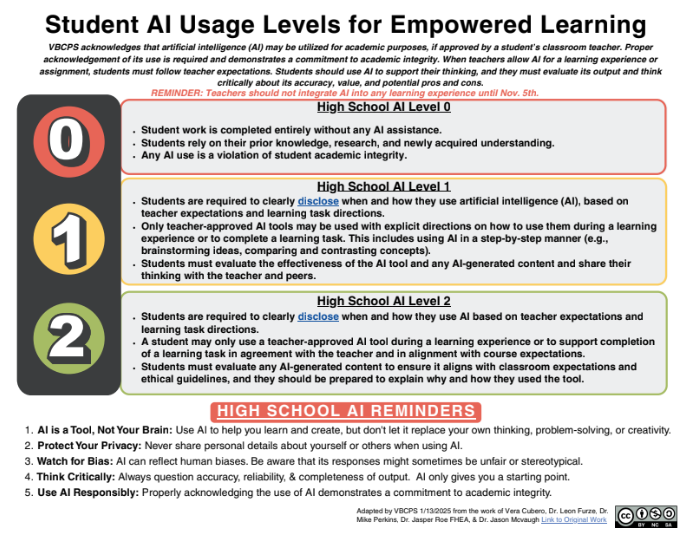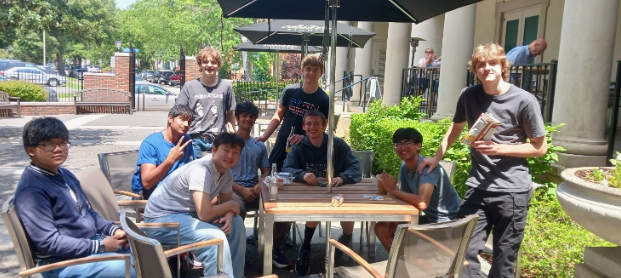Planets that orbit the sun at various speeds and distances will orient in what appears to be a straight line once a year.
This annual event occurred on Jan. 21, 2025, when six planets aligned across the night sky.
Planets align when they appear close together rather than lining up in the night sky from our perspective on Earth. This occurrence is known as a conjunction, according to the Astronomical Journal.
“The planetary alignment is exciting, but it is not something that we have not seen before. Most people think that the planets are all aligned in a straight line from the sun, when in reality, they are all in different locations in their orbit around the sun but they are visible from the Earth along the Ecliptic,” astronomy teacher Michelle Bailey-Hennessey said.
Four of the six planets, Venus, Mars, Jupiter and Saturn can be viewed through the naked eye. However, Uranus and Neptune require a telescope to be observed.
“I am always looking at the night sky,” Bailey-Hennessey said. “But I will most certainly be out looking for all of the visible planets.”
The last time this unique planetary arrangement took place was in June 2024.
“I think having six out of the eight planets, including Pluto, align in the sky is a rare event, definitely something to watch out for,” sophomore Gavin Lu said.
Mercury, the planet left out, will be viewed with the six other planets simultaneously on Feb. 28, 2025. The event, known as the planetary parade, last occurred in 2022.
The history of the distinctive sequence possibly ranges back from several millennials ago. In ancient times, Mayans tracked the movement of these planets and deemed planetary alignments powerful enough to influence terrestrial events.
During the 1970s and 1980s, NASA used planetary alignments during its Voyager 2 mission to explore more of the Solar System efficiently, according to The Astronomical Journal.
The astronomic episode conveys the orbits of planets within our solar system and shows a magnificent spectacle to behold.
“It will be interesting to see so much in the sky,” sophomore Arjun Rejith said.
If you want to learn more about space and talk about it with other like-minded individuals, the Astronomy Club’s next meeting is March 17 in Room 223.
“I will quote the late Carl Segan, ‘If it is just us, [it] seems like an awful waste of space.’ What else is out there? That is what makes me curious,” Bailey-Hennessey said.

